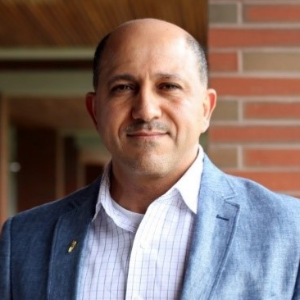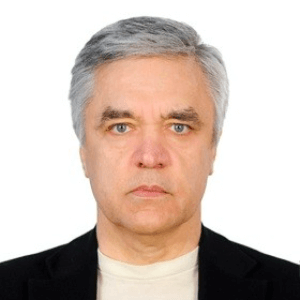X-ray Diffraction (XRD)
X-ray Diffraction (XRD) works by irradiating a sample with X-rays and analyzing the resulting diffraction pattern. Each crystal lattice plane within the sample diffracts X-rays at specific angles, producing distinctive peaks in the diffraction pattern. These peaks are characteristic of the crystal structure and spacing of atoms within the material. XRD is extensively used in materials science, geology, chemistry, and physics to identify crystalline phases, determine crystallographic orientation, and quantify phase compositions. It can analyze a wide range of materials including metals, minerals, ceramics, polymers, and pharmaceuticals. XRD instruments vary from laboratory-based powder diffractometers to high-resolution single-crystal diffractometers. The technique provides valuable information on lattice parameters, grain size, crystal defects, and phase transformations. Advanced analysis methods such as Rietveld refinement allow for precise determination of crystal structures and quantitative phase analysis. XRD is non-destructive and requires minimal sample preparation, making it a versatile tool for both research and industrial applications. Its ability to elucidate atomic arrangements and crystal symmetry has led to significant advancements in materials development, catalyst design, and pharmaceutical formulation.

Hossam A Gabbar
Ontario Tech University, Canada
Victor John Law
University College Dublin, Ireland
Alexander Bagaturyants
National Research Nuclear University MEPhI, Russian Federation
Sergey Suchkov
N.D. Zelinskii Institute for Organic Chemistry of the Russian Academy of Sciences, Russian Federation
Shree Niwas Chaturvedi
Centre for Aptitude Analysis and Talent Search, India
Pieter Samyn
SIRRIS, Belgium




Title : Advances in plasma-based radioactive waste treatment
Hossam A Gabbar, Ontario Tech University, Canada
Title : Unraveling the ultrastructure and functions of the neuronal membrane skeleton using super-resolution fluorescence microscopy
Zhou Ruobo, Djillali Liabes University of Sidi Bel Abbes, Algeria
Title : Solar box cooker dehydration, and relative humidity endpoint detection, of lamiaceae culinary leaves on the island of Crete
Victor John Law, University College Dublin, Ireland
Title : Nutrient and heavy metal loads from the Ribeiras to Coastal zones: A land-ocean continuum perspective in Madeira Island
Aracelis Del Carmen Narayan Rajnauth, University of Porto, Portugal
Title : Prospective polyoxometalate-based covalent organic framework heterogeneous catalysts
Arash Ebrahimi, Comenius University Bratislava, Slovenia
Title : Eliminating implant failure in humans with nano chemistry: 30,000 cases and counting
Thomas J Webster, Brown University, United States